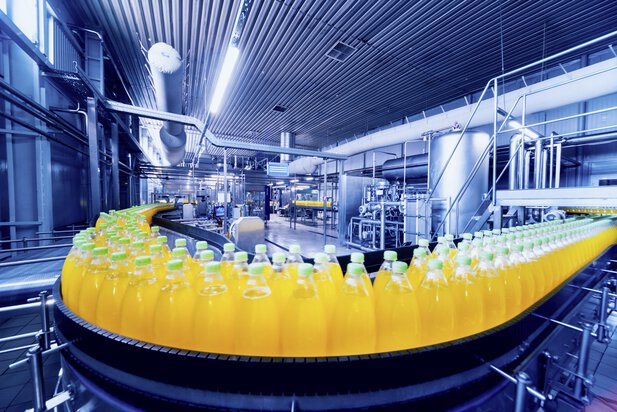
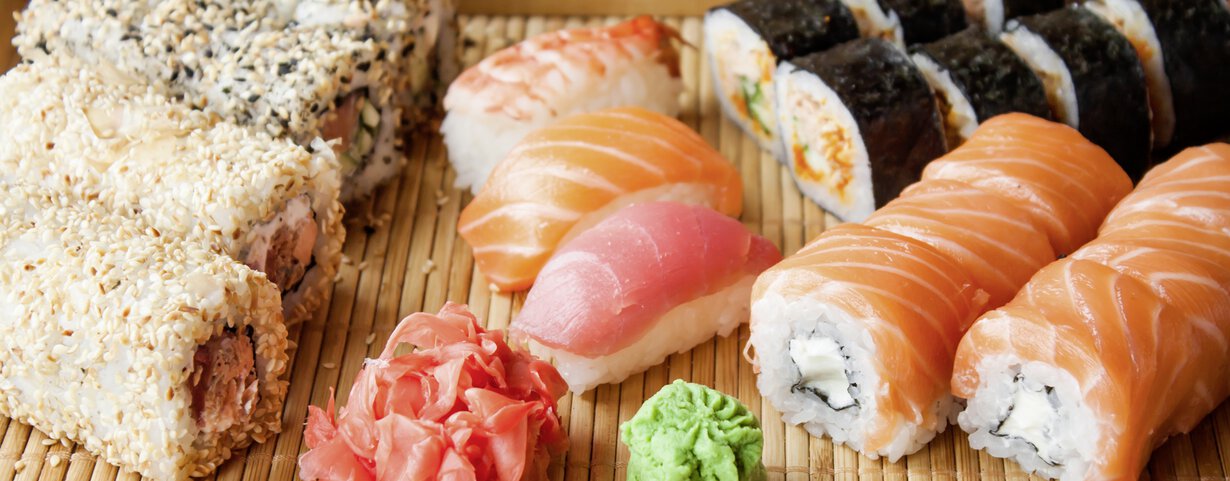
Unique combination of vision, craftsmanship and technology
Kingfish Zeeland is located in the province of Zeeland and brings together a unique vision, craftsmanship and technology in the field of aquaculture in the Netherlands. The company breeds the Yellowtail Kingfish, which they market under the name Dutch Yellowtail. It is a high-quality fish that can be prepared as sashimi, sushi or ceviche or can be grilled, baked or boiled. Kingfish uses the pure seawater of the Oosterschelde, the Natura 2000 nature reserve, to breed the healthy and antibiotic-free delicacy.
Task
Moreover, the Dutch Yellowtail is recommended by the Good Fish Foundation as a 'green choice' on its fish guide: an excellent and sustainable alternative. Sustainability and respect for fish and the environment are the pillars of Kingfish Zeeland's aquaculture.
Pure, green and sustainable
Kingfish Zeeland keeps the water pure, which ensures healthy fish in optimal living conditions without the need for antibiotics and vaccines. The breeding tanks are tailored to each phase of the fish's life. From a basin for mother fish and eggs to a basin for delivery. During the growth process, all tanks are controlled and monitored automatically as much as possible. An inventive feeding system provides the Dutch Yellowtail with the right amount of food.
The nursery also uses 100% sustainable energy from wind, sun and biogas. The seawater reaches the nursery via a pump installation, after which it is immediately purified, heated and provided with extra oxygen for further use. Precisely tuned temperature, light and water conditions then create the optimum breeding conditions for the Yellowtail. This results in healthy, strong and happy fish. To minimise the energy consumption for heating the basins, Kingfish Zeeland uses modern heat exchangers that are specially designed for seawater.
This way heat is transferred from the outflowing water to the inflowing water. The outflowing water contains many nutrients. Before the water returns to the Oosterschelde, it is purified by an internal water treatment system, so that the outflow of nutrients can be limited as much as possible. Kingfish Zeeland is also investigating the possibilities of making optimal use of the outflow water, for example by using it as a fertiliser for growing glasswort and algae. By using seawater for cultivation, the company is not wasting a precious natural resource.
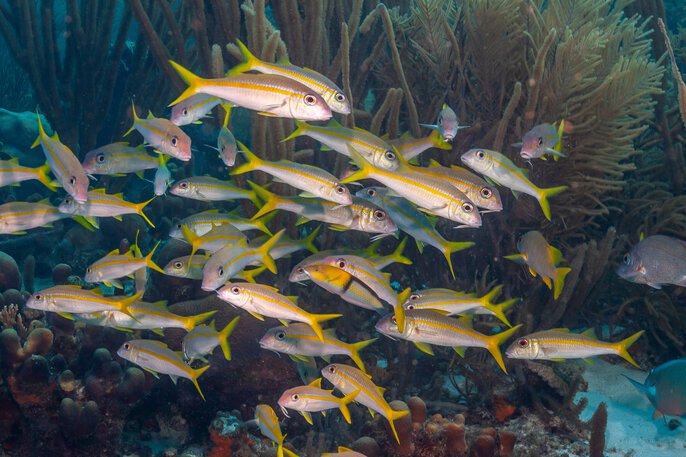
Dutch Yellowtail
Solution approach
Bio-safety
Treatment of effluent water that removes solids contributes to its safe disposal. The water from the breeding and quarantine units is therefore sterilised using powerful UV and ozone treatment, ensuring that the farm has no biological impact on nature, the environment and the surroundings. Unlike traditional farms, Kingfish's farm is on land.
It is technically impossible for the fish to escape via the outflow treatment system and end up in the wild. The Dutch Yellowtail cannot survive in the sea near Zeeland, because the seawater is too cold. So even if the fish were able to escape, there would be no consequences for the surrounding nature. Kingfish's technology-based aquaculture has resulted in a top product from Dutch soil.
Perfectly on level with JUMO
Kingfish used JUMO MAERA sensors for level measurement in the various basins. In addition to level sensors and pressure transmitters, JUMO has been supplying high-quality measurement and control technology to the aquaculture sector in the Netherlands for decades. The extensive
range offers many possibilities for measuring, regulating and recording temperature, flow, humidity and CO2. From standalone solutions to complete automation systems.
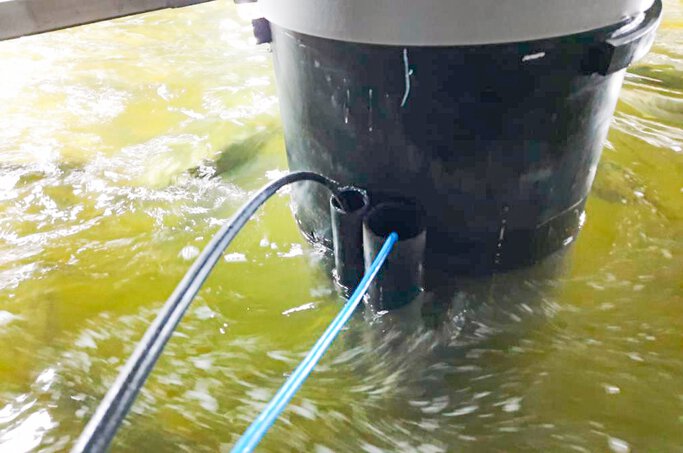
JUMO MAERA level sensor (black cable) in the growth basins of Kingfish Zeeland
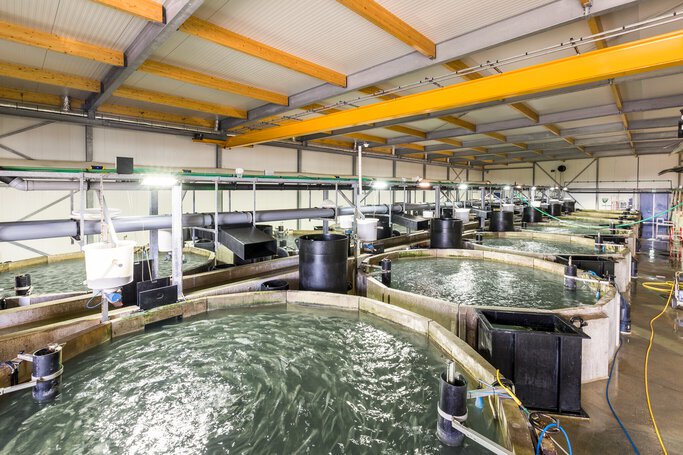
Overview growth basins Kingfish Zeeland
Project outcome
The JUMO MAERA S29 SW level sensor is used for continuous hydrostatic level measurement in ventilated tanks. The measurement is carried out by measuring pressure. The measurement is insensitive to any foaming. The sensor, made of titanium, is extremely suitable for this
for use in this saltwater application. The level sensor can easily be used in depths from 1 metre water column. The titanium version is designed for use in liquids with media containing chlorides. These can be found in aquaculture, shipbuilding, swimming pools and sewage management, among others.
The level sensor is equipped with a reverse polarity protection mechanism, which provides protection against incorrect connection of the power supply during start-up of the installation.
- ${title}${badge}




